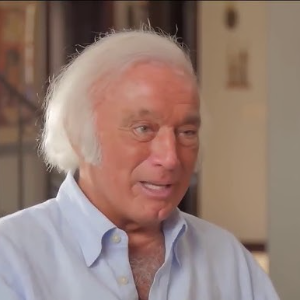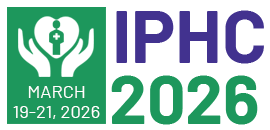Disease Prevention
Prophylaxis, often known as preventive healthcare, refers to actions made to stave off disease. Disease and disability are dynamic processes that start before people are aware they are afflicted. They are influenced by environmental variables, genetic predisposition, disease agents, and lifestyle choices. Primal, primary, secondary, and tertiary preventive measures are the cornerstones of disease prevention. Millions of individuals die from avoidable causes each year. Approximately half of all fatalities in the United States in 2000 were attributable to avoidable exposures and behaviours, according to a 2004 research. Cardiovascular disease, long-term respiratory conditions, accidental accidents, diabetes, and a few viral disorders were the main contributors. According to the same study, poor food and unhealthy lifestyle choices cause 400,000 deaths annually in the United States.

Kenneth R Pelletier
University of California, United States
Gregory S Anderson
Thompson Rivers University, Canada
Yazdan Mirzanejad
University of British Columbia, Canada
Hawa Camara
National Cancer Institute, United States
Rafaela Julia Batista Veronezi
Physiotherapist, Neuroscientist & Public Health Educator, United States
Amelia Burke Garcia
NORC at the University of Chicago, United States



Title : The impact of AI on the future of public health and preventative healthcare
David John Wortley, World Lifestyle Medicine Education Services, United Kingdom
Title : Change your genes – change your life: Epigenetics of longevity
Kenneth R Pelletier, University of California, United States
Title : Extensively drug-resistant bacterial infections: Confronting a global crisis with urgent solutions in prevention, surveillance, and treatment
Yazdan Mirzanejad, University of British Columbia, Canada
Title : Personalized and Precision Medicine (PPM) as a unique healthcare model to secure the human healthcare, wellness and biosafety through the view of public health, network-driven healthcare services and lifestyle management
Sergey Suchkov, 1N.D. Zelinskii Institute for Organic Chemistry of the Russian Academy of Sciences, Moscow, Russia, Russian Federation
Title : Psychoeducation programs to address post-traumatic stress injuries and mental health in public safety and frontline health care workers
Gregory S Anderson, Thompson Rivers University, Canada
Title : Multi-dimensional scaling of healthcare system profiles and pandemic outcomes in Cuba, Spain, Italy, and Germany
Giuseppe Orlando, University of Bari Aldo Moro, Italy